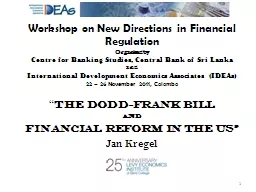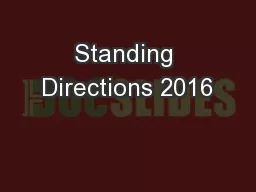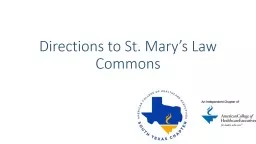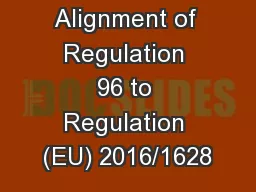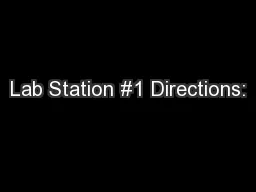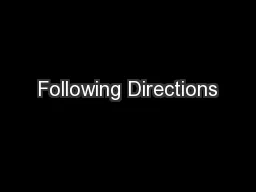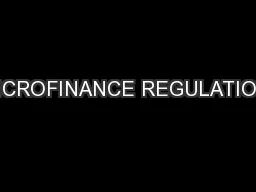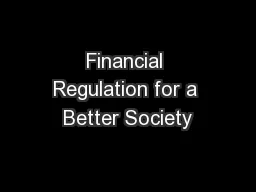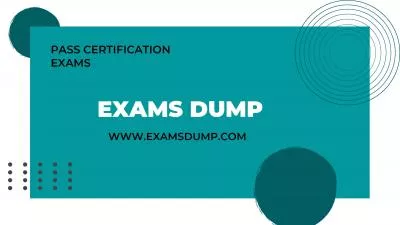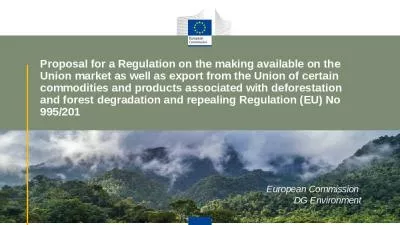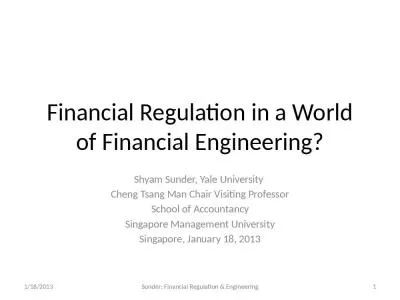PPT-Workshop on New Directions in Financial Regulation
Author : celsa-spraggs | Published Date : 2016-07-25
Organised by Centre for Banking Studies Central Bank of Sri Lanka and International Development Economics Associates IDEAs 22 26 November 2011 Colombo The
Presentation Embed Code
Download Presentation
Download Presentation The PPT/PDF document "Workshop on New Directions in Financial ..." is the property of its rightful owner. Permission is granted to download and print the materials on this website for personal, non-commercial use only, and to display it on your personal computer provided you do not modify the materials and that you retain all copyright notices contained in the materials. By downloading content from our website, you accept the terms of this agreement.
Workshop on New Directions in Financial Regulation: Transcript
Download Rules Of Document
"Workshop on New Directions in Financial Regulation"The content belongs to its owner. You may download and print it for personal use, without modification, and keep all copyright notices. By downloading, you agree to these terms.
Related Documents

